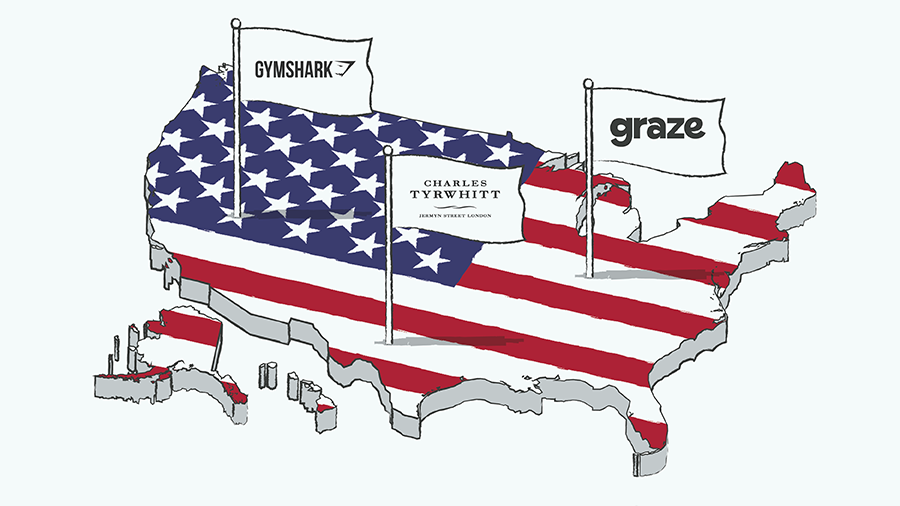
Without someone to own customer satisfaction across all channels, brands struggle to find consistency.
There exists a rare breed of company, that from its very outset, has the customer’s satisfaction and experience embedded in its products, its marketing and culture. Apple is by far the best example. During an era defined by the awkward interfaces of PCs, Apple zigged towards customer experience, while the rest of the industry zagged towards jargon-filled processor descriptions and lazy design. While the PC industry could only think about profiting from the mass sale of desktops, Apple was busy exploring how its customers could use technology in their everyday lives.
Chances are, your employer is not like Apple. Not a bit. No, the probability is that your business is almost entirely focused on what it does best – usually creating a product – and finding ways to do that better and for less. You can claim that you have your customer at heart but do you really?
Why you need a CCO
If your organisation doesn’t have a Chief Customer Officer in the C-suite, then it’s difficult for you to argue your case. Today, more than any other time in commerce, customers are demanding more from brands than just an experience with a product. Brands have to be able to prove they are innovative, trustworthy, flexible and customer-service driven over a number of different channels and all the time. It is not possible to achieve this feat without the customer front and centre in your organisation’s priorities. Besides, the business environment moves so quickly now that no sooner do you think that you have a killer product than someone else already has plans to cast it into the waste-bin of history. You cannot be the ‘product guy’ without first and always being the ‘customer guy’.
Let’s face it, being the customer guy is difficult. We’ve known this since the first retail floor manager uttered the words “the customer is always right.” Today, that same customer is more knowledgeable and thus more demanding, which makes being able to consistently please them a significant competitive edge. And there’s the key: consistency (there’s a great piece on this by Mckinsey & Co here). It’s no good having a great in-store service but a lousy online experience for example. To achieve consistency, someone has to own customer satisfaction and that person is the Chief Customer Officer.
Chief Customer Officer skills
While the role of CCO necessitates an all-rounder mentality, they have at their core two major goals:
1) to bring together an organisation’s customer approaches and unify them across all channels
2) shift the company culture to one that is truly customer focused.
Just the very appointment of a CCO sends a strong message to the rest of the company, but progress then lands squarely with the CCO’s ability to nail these two significant challenges.

Convincing the C-suite
The first step is ensuring that all members of the C-suite, especially the CEO, are on-board with the culture shift. Nothing persuades more than empirical evidence, of which there is plenty available online to state the case. As with most initiatives, if the C-suite is engaged, the rest of the workforce will quickly adapt to the new principles. Doing so will likely involve breaking down organisational silos which is always a tricky task. This process can be eased by asking the very structures to put themselves in their customers shoes, or to put it another way, step out of their respective silo and look at what’s actually going on around them. It’s all too easy for departments to become entirely focused on targets or performance and completely lose sight of the customer. This applies acutely to those at the coal face. The front of house retail employees who are often the conduit for the first interaction between customer and brand. It’s vital that these people feel included in the brand’s story and journey.
Include your customers
By the same token, it is important to take steps to bring the customer into the brand and its processes. Prototype testing and community forums are just two ways you can develop trust and loyalty. Enterprises like these also create “super customers”, people who are entirely engaged with the brand and who can offer assistance to those new to the brand.
Find the facts
And then there’s data analysis. While the CCO may not be plundering huge data sets themselves, they certainly need to be working closely with the CIO or similar to ensure that they are focusing their efforts in the right direction. Data extrapolation means the CCO can more effectively target the customer and any behavioural patterns that might emerge.
So long as customer engagement with brands continues to develop in myriad ways, there will be plenty of challenges ahead for CCOs. So if your organisation is one CCO short of a full C-suite, we think it would be very wise to complete the collection. Talk to one of the team today to hear how we can help.
















